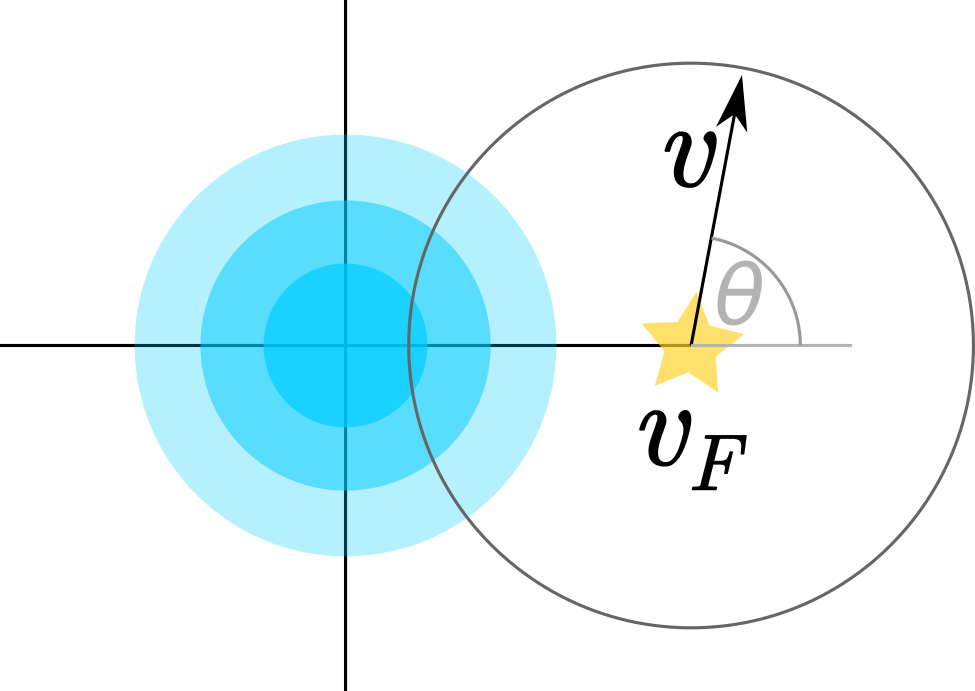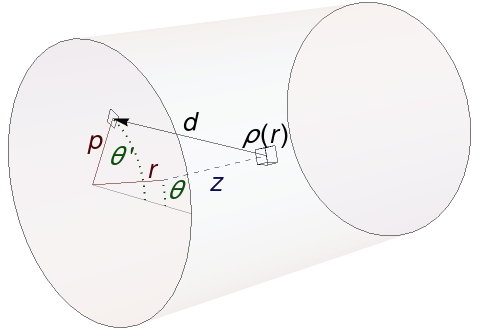Jacob Schwartz Scientist & HTML fan
Interaction of particles at depth in a slab
Motivation This problem is explored in rough analogy to the problem of neutron deposition in the first wall of a fusion reactor. Of course, this lacks any number of complexities, but I’m interested in this set up as a very simple model. Read more 14 Apr 2024
Finding the fusion rate coefficient for a beam of fast particles in a Maxwellian background
In a future (magnetic) fusion reactor, most of the fusion reactions will occur between the nearly-thermal (i.e. isotropic Maxwellian) plasma ions. But there are also certain classes of “fast particles”, which are moving at a much higher velocity than the typical background plasma ions. These include ions formed due to Neutral Beam Injection, and... Read more 22 Mar 2023
Research article: the value of fusion energy to a decarbonized US electric grid
If we had a fusion reactor, how much would someone pay for it? The value of the device, and therefore its maximum economically competitive cost is, roughly, the sum of the costs of the solar panels, batteries, firm generation, fuel, and tranmission lines that would need to be purchased if we didn’t have the fusion plant. This is a finite number! Read more 06 Oct 2022
Particles leaving a finite cylinder through the ends
Several fusion start-up companies are proposing to use plasmas that can be approximated as a cylinder. These would be encapsulated in cylindrical chambers, perhaps with the ends open to handle the plasma in a ‘divertor’ configuration. Given a cylindrical plasma where the neutron source density depends only on $r$ (and not on $\theta$ or $z$), wh... Read more 30 May 2022
General-audience article published in Bulletin of the Atomic Scientists
Rob Goldston and I wrote an article for Bulletin of the Atomic Scientists. You can read it! Read more 18 Nov 2021


